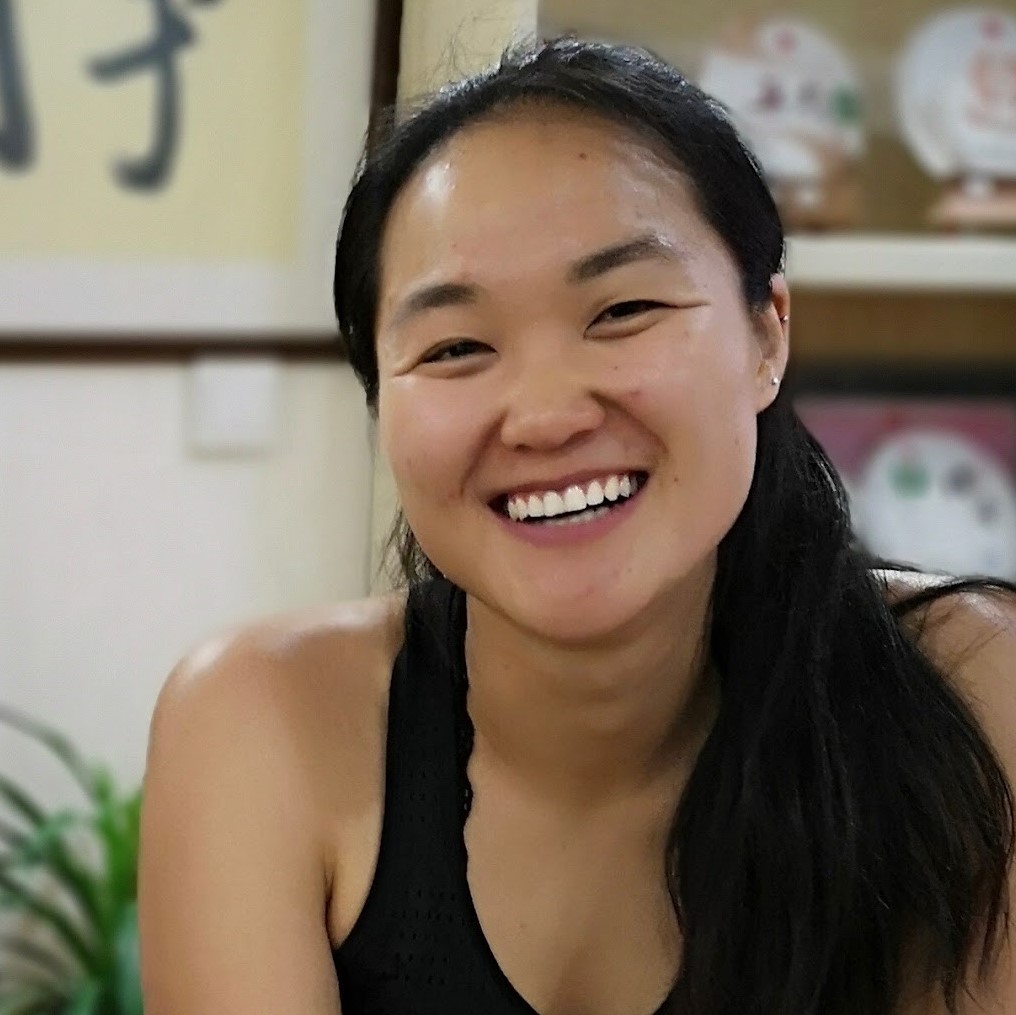Fellow Friday | Indigenous Studies
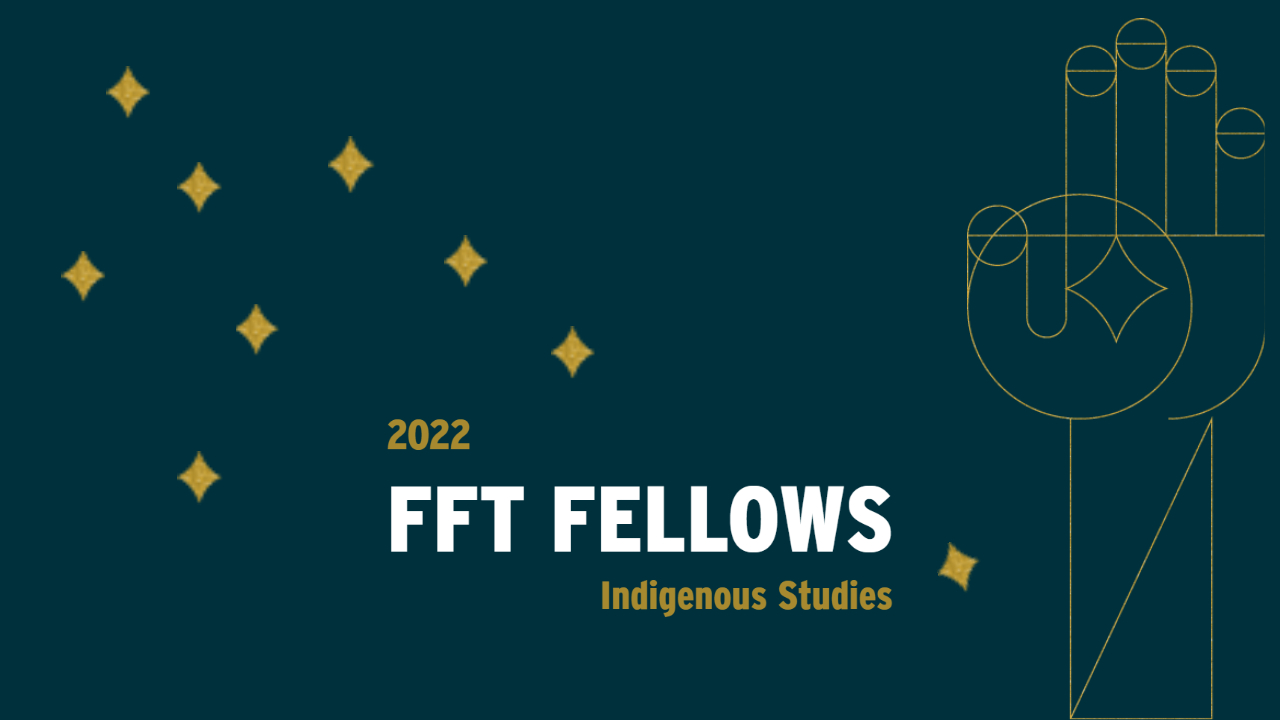
To introduce you to our newest grant recipients, we’ve started Fellow Friday. Last week, we highlighted two teachers from Manilus, NY, who designed their fellowship to impact English Language Learners. Today, we meet Fellows pursuing justice, injustices, history, art, sciences and lifestyles of Indigenous Peoples.
Click here for a complete list of grant recipients.
[minti_divider style=”3″ icon=”” margin=”20px 0px 20px 0px”]
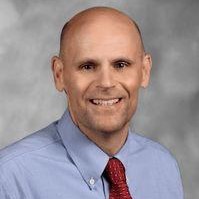 Anthony Bergstrom | East Hartford High School – East Hartford, CT
Anthony Bergstrom | East Hartford High School – East Hartford, CT
While exploring the historic geography of the Grand Canyon, Bryce Canyon and Zion National Park, research the history of the Native American people’s to engage students in the study of indigenous cultures, Westward Expansion and the Progressive Era.
“The impact that westward expansion has had on the Native American tribes of the west is profound. While exploring these national parks, my focus will be on the history of the tribes that inhabited these lands (and continue to), their culture and the impact that westward expansion had on them.”
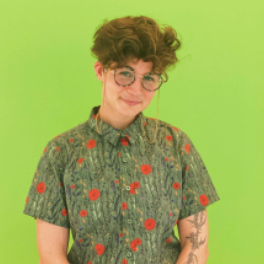 Rachel Clement | Two Rivers Public Charter School – Washington, DC
Rachel Clement | Two Rivers Public Charter School – Washington, DC
Interview tribal leaders and members of the Patawomeck, Rappahannock, Piscataway, and other indigenous nations of Maryland and Virginia to build community-school relationships and create resources that draw connections between indigenous perspectives and restorative justice practices.
“As an associate member of the VA-state-recognized Patawomeck Indian Tribe, I would like to draw on my connections to indigenous community within the Virginia, Maryland, DC region to learn more about East Coast indigenous concepts of justice, local to our area. My hope is that in deepening my (and my network of educators’) relationships with local indigenous community and ancestral restorative justice systems, I can benefit both the areas of cultivating a truly restorative culture at school, as well as deepening relationships
and knowledge of our local communities.”
 John Goodwin | BASIS Phoenix – Phoenix, AZ
John Goodwin | BASIS Phoenix – Phoenix, AZ
Conduct research at the National Museum of the American Indian in Washington DC to build two project-based learning experiences that raise awareness of Indigenous experiences at American Indian boarding schools and enhance the physical and digital presence of one such site in our city.
“I will create an extensive database of materials concerning the history of American Indian boarding schools, as well as the presentation of Native American history to the public. In the classroom, my students’ capstone project will require groups to design a two-pronged proposal for teaching materials, on the one hand creating digital history lesson plans to share with educators interested in implementing primary sources on the topic, and on the other hand proposing enhancements to the public history visibility and utility of an under-utilized site in our city.”
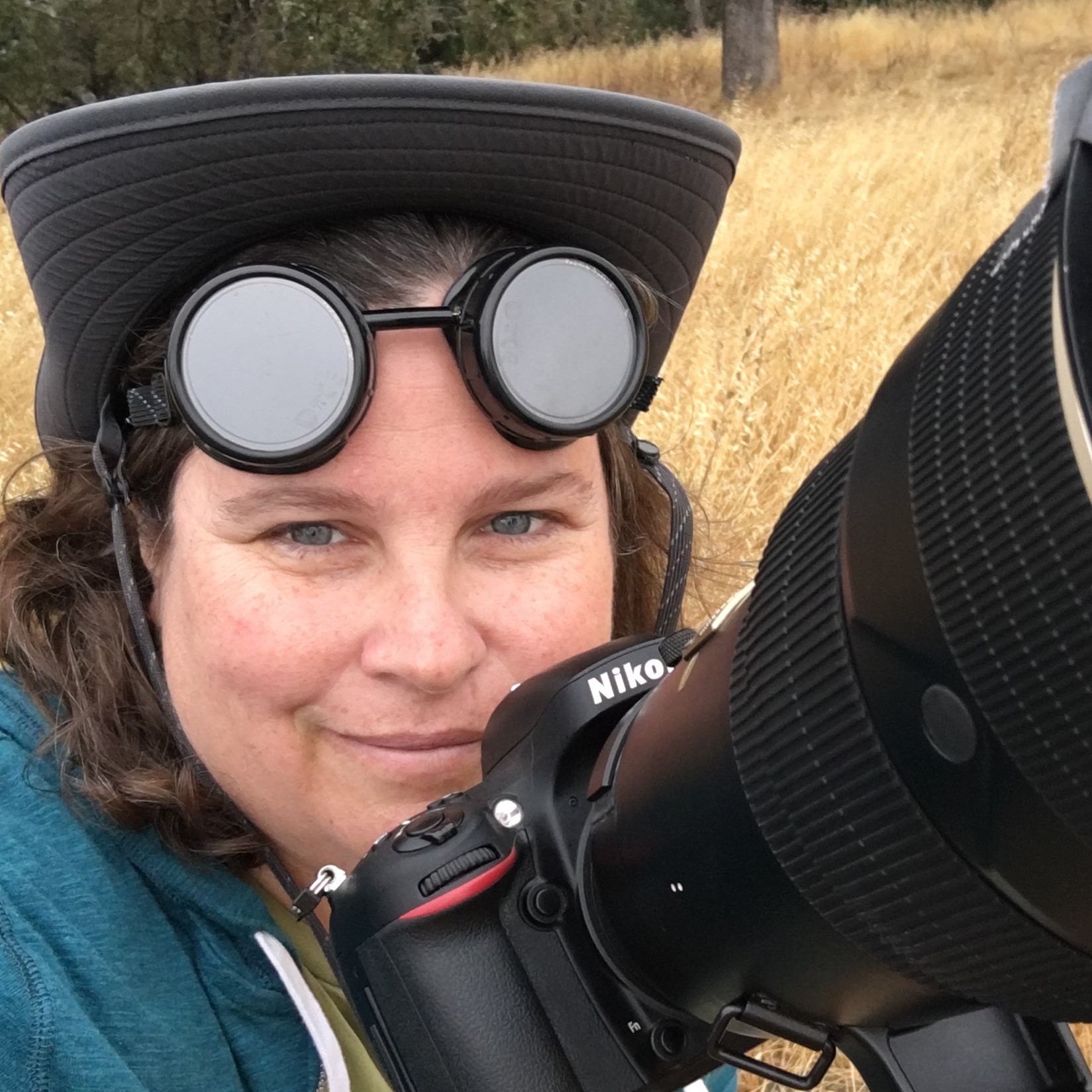 Jen Kennedy | College Park High School – Pleasant Hill, CA
Jen Kennedy | College Park High School – Pleasant Hill, CA
Photograph the Southwest landscape (day & night) and also ancient cliff dwellings to document the relationship of First Peoples to the land and demonstrate for career & technical education students how migration & relationship to the land is a common theme in humanity.
“While most of my assignments have a heavy component of choice (how to interpret the prompt assigned, what subject they want to photograph), students often struggle to tell their story. I want to study storytellers and artifacts from the past to see how first peoples documented their lives and connect that storytelling to the work my students do with photography. . I want them to experience the beauty of natural surroundings and I want to help them see the beauty in their everyday surroundings. I want them to experience how their everyday surroundings impact the story of their lives.”
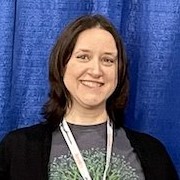 Emily Schmidt | Bronx High School of Science – Bronx, NY
Emily Schmidt | Bronx High School of Science – Bronx, NY
Participate in the Earthwatch expedition “Amazon Riverboat Exploration” in Iquitos, Peru, surveying biodiversity and contributing to community-based conservation projects with the indigenous Cocama people, to broaden students’ perspectives of science to include field biology and indigenous science.
“Participating in this expedition will allow me to take part in many different methods of studying animal populations in the field and see how the data are being used to support not only the local biodiversity but also the livelihoods of the indigenous Cocama people. In fact, the project is located in the Tamshiyacu-Tahuayo community reserve, which was the first community reserve established in Peru. Community reserves are protected areas that explicitly benefit local communities as well as wildlife and are managed by indigenous groups.”
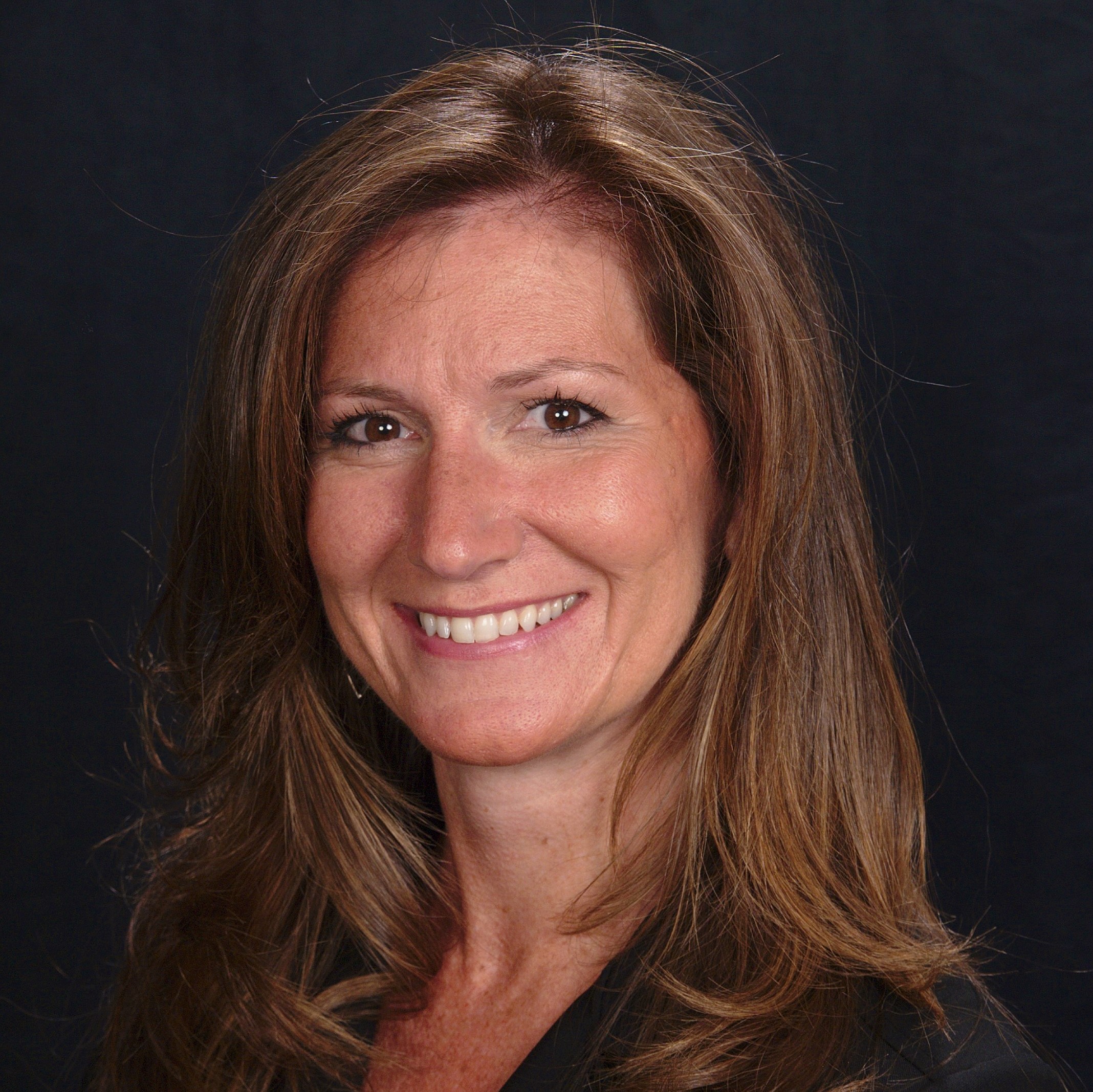 Lorrie Storozuk | Tolland Intermediate School – Tolland, CT
Lorrie Storozuk | Tolland Intermediate School – Tolland, CT
Journey through two National Parks and part of the Nez Perce Historic Trail in Montana and Wyoming to experience the historical setting of the book Thunder Rolling in the Mountains and enrich learning about Native American history for an integrated English Language Arts/Social Studies curriculum unit.
“By sharing personal visuals, photographs, and current stories of travel from the region, I can show students the evidence that people eventually understood how the Native Americans’ lifestyle and culture is connected to their homeland and the natural resources because, not only did the U.S. government protect the land of the region by creating several National Parks, but also preserved the Nez Perce National Historic Trail from 1877, and we are still able to visit it today.”
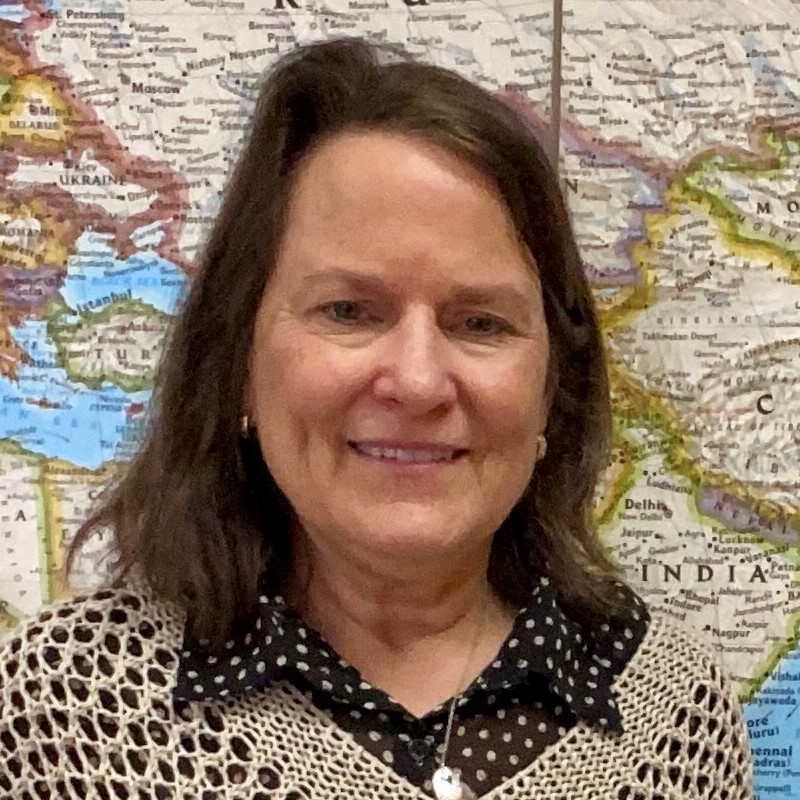 Catherine Teulings | North End Middle School – Waterbury, CT
Catherine Teulings | North End Middle School – Waterbury, CT
Explore in Australia how Aboriginal art expresses the soul to introduce students to this art form as a tool for promoting self-reflection and deep learning while also building stronger bridges of understanding across cultures.
“This fellowship will offer an opportunity for me to incorporate a different art form into my curriculum, one that offers another way for students to express themselves. Aboriginal art will create ways to be involved emotionally and personally in their art, seeing themselves as part of the art, as well as being part of a solution. This will also give them the sense that they are part of the greater world, and can solve real problems through being creative, and collaborative with their classmates.”
Sunny Zheng-Herb | William Smith High School – Aurora, CO
Explore Native Alaskan arts and culture in Alaska to incorporate elements of this art tradition in the classroom through the teaching of 3D art forms and elevate awareness of non-Western arts practices.
“While my school has offered a few classes centering on local Ute, Apache and Navajo cultures, no class has ever touched on Alaska Native peoples. I believe that the introduction of Alaska Native art traditions in my school will engender new ways of viewing and creating art, more space for mindful practice in the classroom, and opportunities for community and self empowerment through the celebration of diverse and oft-effaced cultures.”
“Now more than ever, it is imperative that we invest in the most important component of any classroom — the teacher,” said Karen Eckhoff, Executive Director of FFT. “Educators are facing countless challenges every day, and Fund for Teachers is dedicated to further diversifying the ways that we can support them. Our grants represent trust in teachers’ professionalism, creativity, and vision, offering flexibility to meet the unique needs of each classroom, with the students remaining the ultimate beneficiaries as they continue to grow and learn in today’s ever-changing world.”
We look forward to introducing you to more 2022 FFT Fellows next Friday!
 Back to Blogs
Back to Blogs